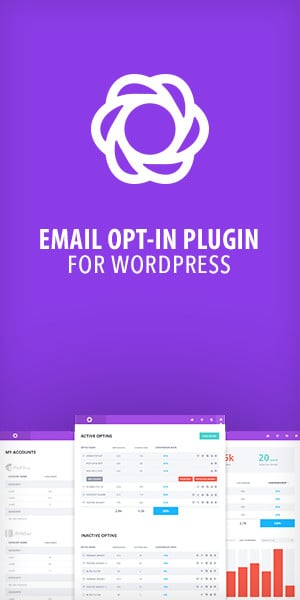What does inbound marketing mean? An inbound marketing strategy is a method of creating content that builds customer relationships. A business may use other platforms to generate promotion and advertisement opportunities.
If you’re looking for a better way to market your products or services. You’ll want to adopt an inbound marketing strategy.
Instead of traditional advertisements, inbound marketing powers websites online.
Best Inbound Marketing Strategies
Inbound marketing uses various methods to generate prospects. It aims to provide customers with the most relevant and accurate solutions.
How to improve inbound marketing? We do inbound marketing through content creation, social media marketing, and more.
Here are the steps for creating an inbound marketing strategy:
01. Identify your Target Audience
For inbound marketing to work, businesses must pay attention to their target audience. They must know where they will find customers and potential customers from.
You must understand your customer’s needs and know their demographics.
It is not about trying to force your brand in front of customers. But about providing the right ones with useful information when they’re ready to buy.
Buyer personas are crucial for successful inbound marketing. It relies on the power of customer data to make better marketing decisions.
02. Have a Good SEO Strategy
Another way to attract new inbound leads is by optimizing your website for search engines. Marketers do SEO, disrupting the user’s experience.
A good SEO strategy will help your website appear higher on SERPs. SERPs stand for search engine results pages.
Having a higher ranking in search engine results will make your website more accessible to your target audience.
High-quality content can get your website listed in Google’s Featured Snippet. Google prefers and recommends websites with good SEO practices.
03. Create a List of Keywords for SEO
SEO keywords come in two main types: long-tail and short-tail.
However, short-tail keywords are less effective for conversions than long-tail keywords. Short-tail keywords are typically less targeted, but can still improve website rankings.
You can use branded terms to attract higher conversion rates. This type of traffic comes from people who have an affinity or familiarity with a brand.
You can also use seed words to build your keyword list. The main advantage of using seed words is that they apply to your entire site.
Then, later on in the keyword research process, you can find page-specific keywords. These keywords are specific to a single page or set of pages on your website.
04. Write Quality Content
What is the required content strategy for inbound marketing? Create content that will rank well in search engine results.
Identifying the best-fitting keywords for your website. Then write quality content that can boost your search engine rankings and drive traffic.
Target business professionals and their needs with quality content. You can create content that leads your potential buyers through the buyer journey.
Search engines want to serve the most relevant results to users. Therefore, it is essential to use keywords that are related to your content.
By using keywords in your content, search engines will understand what users are looking for. For example, “bookstores near me” might show that the user is looking to buy a book. But a more general term offers less information on a user’s intent.
05. Create an Email List
One of the most effective ways to keep in touch with your audience is to create an email list. How to create an email list to stay in touch with your audience?
An email list keeps you in touch with people. Whether you’re talking about new products, events, or information. A list that is updated regularly is an essential part of staying relevant.
Create an email list with autoresponders to keep your audience engaged. For instance, you can automate a welcome message for new subscribers.
If you’re not updating your list. People will probably get bored with reading your emails and then unsubscribe.
06. Engage the Audience on Social Media
Improve inbound marketing opportunities by engaging with your audience on social media. There are many ways to engage with your audience on social media.
Social media is a place where people go to find out about the latest news, trends, and products. The people who follow you will see what you have to say about your company and other relevant topics.
The following are some ways that you can engage with your followers on social media:
- Create a catchy quote or tweet that relates to your products or services.
- Share images of your latest work or projects.
- Produce and share videos of what’s happening behind the scenes at your company.
Closing: Why Inbound Marketing is Important?
Businesses can only be successful if they provide what their customers need. Inbound marketing is a type of marketing that focuses on attracting customers to a business’s website.
The inbound marketing approach has four main components:
- Attracting visitors to the website. You can attract website visitors with search engines, social media, and email marketing.
- Delivering content that helps turn visitors into prospects. You can deliver quality SEO-optimized content to visitors using blogs.
- Converting those visitors into leads. With sales pitches, informative, resources, and email alerts you can convert visitors to leads.
- Turning leads into sales. If visitors like the content you delivered to them, they will buy from you.
An inbound marketing strategist helps the organization implement inbound marketing strategies. They can help you set up a proper digital marketing strategy.
Inbound marketing strategists create content. Such as blog posts and videos, that will be shared on social media channels and websites.
They also help in optimizing web pages, making sure that they are search engine friendly.
Inbound marketers also analyze data from various sources. Such as Google Analytics and social media platforms.
Analyzing these data help marketers to understand which content is performing well. They use insights gained to see what the target audience wants.




